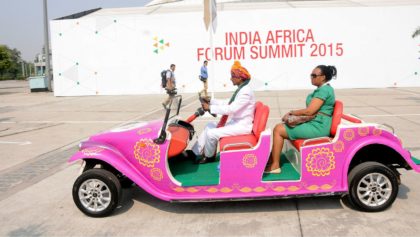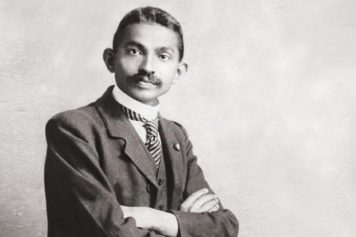Suneet Tuli, the 44-year-old CEO of UK/Canadian/Indian startup Datawind, is having a taxing day. “I’m underwater,” he says as he struggles to find a cell signal outside a restaurant in Mumbai. Two days from then, on Sunday Nov. 11, the president of India, Pranab Mukherjee, will have unveiled the seven-inch Aakash 2 tablet computer Tuli’s company is selling to the government for distribution to 100,000 university students and professors. (If things go well, the government plans to order as many as 5.86 million.) In the meantime, Tuli is deluged with calls from reporters, and every day his company receives thousands of new orders for the commercial version of the Aakash 2. Already, he’s facing a backlog of four million unfulfilled pre-orders.
We’re speaking over the same overtaxed cellular networks that he hopes will enable Datawind to educate every schoolchild in India through the world’s cheapest functional tablet computer. But it’s a losing battle, as his connection to one of the 13 separate cell carriers in Mumbai buckles under too much competing traffic. He has to repeat himself when he tells me the ultimate price university students will pay for his tablet, after half its cost has been subsidized by the Indian government.
It’s $20.
In India, that’s a quarter the cost of competing tablets with identical specifications. Similar tablets in China, the world champion in low-cost components and manufacturing, go for $45 and up, wholesale. Which means the Aakash 2 isn’t just the cheapest fully functional tablet PC on the planet because the Indian government has decided it should be—it’s the cheapest, period.
In the developing world, and especially in India, a country where one billion people have a monthly income less than $200, every rupee matters. Aakash means “blue sky” in Hindi, and that’s a fair description of Datawind’s goals for the tablet. Ultimately, says Tuli, the government would like to distribute one to each of India’s 220 million students. India has 900 million cell phone subscriptions, but in a country where smartphones are rare, 95% of Indians have no computing device. Which means the Aakash, or something like it, could become the sole computer for hundreds of millions of people in India, not to mention elsewhere in the developing world.
Unlike the failed Aakash 1, which was supposed to roll out in 2011 but which was so under-powered that it was virtually unusable, the Aakash 2 is no toy. Even jaded US gadget reviewers have found it as usable as tablets costing many times more. It has a processor as powerful as the first iPad and twice as much RAM memory. It uses Google’s Android operating system, which now runs on three out of four smartphones and four out of 10 tablets shipped worldwide. Its LCD touchscreen displays full-screen video without hiccups, it browses the web, and it even holds up when playing videogames. If you’re a student with no other computing device, attaching a keyboard to it transforms it into a serviceable replacement for a traditional PC.
Read more: Quartz


